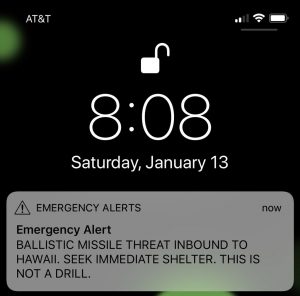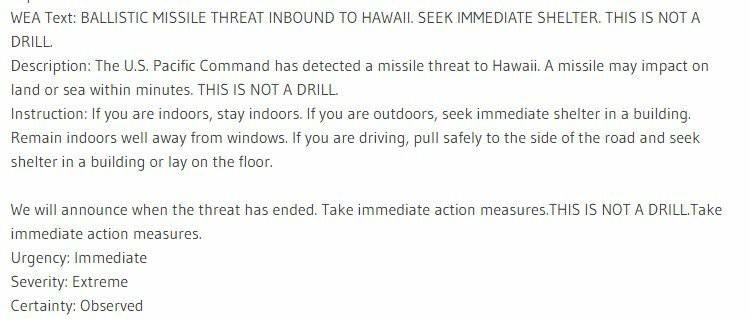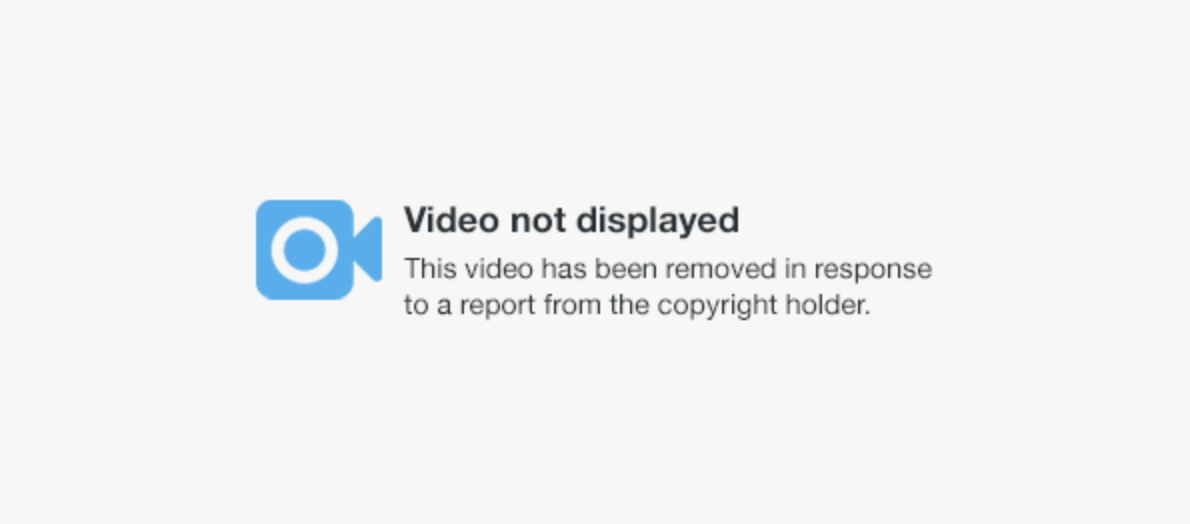On Saturday at 8:05 am, residents of Hawaii were terrified by a text message that said a missile was heading their way, and they should “seek shelter immediately.” Helpfully, the message also said, “this is not a drill.” And it wasn’t – it was merely a stomach-clenching error.
A notable thing about Saturday’s mistake is how human it was.
Ten minutes after it was sent, it was canceled, and updates were broadcast over social media saying so. However, it wasn’t until 8:45 that a follow-up text saying it had been a mistake was sent out. In the meantime, according to The New York Times and other reports, more than a few families huddled completely terrified, assuming that they were about to die – or at least that there was nothing to be done about it if they were.
An Infamous Error
Hawaii, which is 2,400 miles from California and 4,600 miles from North Korea, is a lot closer to a potentially hot sequel to the Cold War than the rest of us and is understandably tenser, even without this kind of morning. Last year, they started monthly bomb drills thanks to the ongoing battle between President Trump and Kim Jong-Un.
The error was the fault of a still unnamed employee of Hawaii’s state version of FEMA – The Hawaii Emergency Management Agency. According to the BBC:
“State Governor David Ige apologised and said it was caused by an employee pressing the wrong button.”
And though this might end up a valuable push towards fixing a rickety system that managed to incorrectly inform people that they should duck and cover, but not officially say “hang on, not really” for more than half an hour, it is a truly unforgivable error.
…click on the above link to read the rest of the article…











